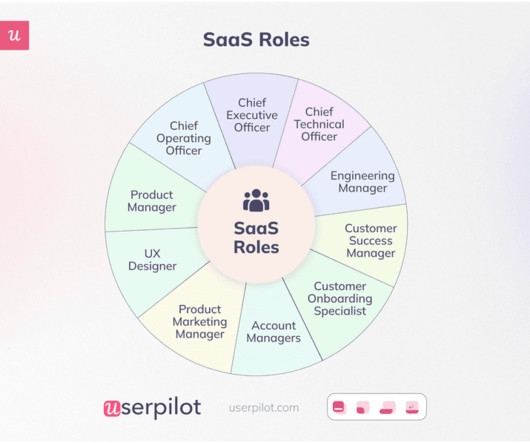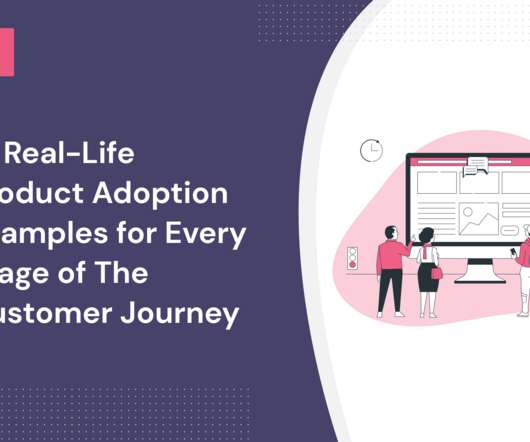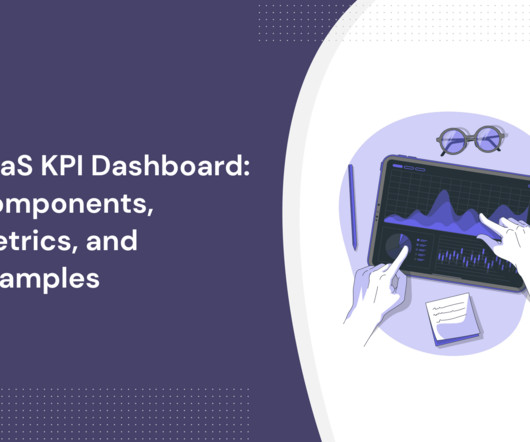11 Key SaaS Roles and Responsibilities in 2023
User Pilot
JULY 27, 2023
TL;DR SaaS, or “Software as a Service,” is a business model that delivers centrally hosted software to subscribers over the internet. What is a SaaS business model? This model contrasts the traditional—and outdated—model where users purchase and install software on their computers or servers.














Let's personalize your content